7 Amazing Cold Shower Benefits
Cold water exposure activates various cellular processes linked to improved immune system function, better cognitive health, and a lower risk of heart disease and depression.
Discover seven amazing cold shower benefits and learn how to incorporate cold water therapy into your daily routine.

Why take a cold shower?
Cold water immersion, also known as cryotherapy, has various health benefits.
Nordic countries have embraced cold exposure for centuries, often following a dry sauna session with an ice bath or a quick cold shower.
Exposing the body to cold temperatures has hormetic effects, which refer to the body’s ability to adapt to stressors.
This adaptability improves cellular resilience and promotes various physiological benefits, including improved immune function, blood flow, and metabolic health.
Research published in PLOS ONE investigated the effects of cold showers and found that individuals who regularly practice cold water therapy are less likely to get sick than those taking only hot showers.
In addition to cold exposure, there are several other ways to trigger hormetic adaptation, such as:
Caloric restriction
Exercise
Heat exposure
Watch the video below to learn why you should start taking cold showers.
Cold shower benefits
While taking a cold shower may not sound appealing, it’s an excellent way to increase the body’s resilience, enhance cardiovascular circulation, and promote vitality.
Here are seven health benefits of regularly taking cold showers.
1. Eases muscle and joint pain
Many athletes use ice baths to speed up recovery and relieve muscle pain—and for a good reason.
“Cold temperatures trigger cold receptors in the skin to send electrical impulses to the brain. This slows down nerve activity, which has potent pain-reducing effects,” explains Dr. Berg.
In addition, cold water constricts blood vessels and slows blood flow to muscles. This can prevent the accumulation of excess fluid in muscle tissues, reducing muscle soreness and swelling.
2. Improves circulation
Exposing the body to cold temperatures has various cardiovascular benefits and may help manage high blood pressure.
To protect the body’s core temperature, blood vessels in the extremities constrict in response to cold exposure.
However, the body quickly adapts to cold temperatures, which causes a sudden dilation of blood vessels, known as the cold shock response.
This cycle of vasoconstriction, followed by sudden vasodilation, strengthens the blood vessels, which promotes vascular health and healthy blood pressure.
Research published in the International Journal of Circumpolar Health confirms the benefits of cold exposure for heart health. The authors highlight that individuals who regularly practice cold water immersion display overall better cardiovascular health and appear at lower risk of vascular disease.

3. Helps lower inflammation
Cold water exposure slows down the activity of cyclooxygenase (COX), a major proinflammatory enzyme that plays a critical role in triggering and perpetuating inflammatory pathways.
Inhibiting COX activity can reduce inflammation and help relieve inflammation-related symptoms such as pain, swelling, and redness.
Taking cold showers can aid in the management of various chronic conditions, including rheumatoid arthritis, osteoarthritis, tendonitis, muscle injuries, and inflammatory skin problems.
4. Supports cognitive function
Evidence published in Biomolecules found that cold temperature exposure stimulates freshly oxygenated blood flow to the brain and central nervous system.
This enhanced blood flow delivers oxygen and nutrients to brain cells, supporting cognitive function, memory, and concentration. This may also explain why cold showers have been found to improve mental health and lower symptoms of depression and anxiety.
In addition, cold exposure stimulates the production of brain-derived neurotrophic factor (BDNF), a crucial protein that promotes neuronal health and may lower the risk of Alzheimer’s disease and dementia.
5. Boosts metabolism
The body increases its basal metabolic rate to maintain its core temperature during cold exposure.
A higher metabolic rate means increased calorie needs at rest, which enhances fat-burning processes and promotes a healthy body weight.
Although cold showers alone are unlikely to result in significant weight loss, it’s an excellent addition to the impressive weight-loss benefits of keto and intermittent fasting.
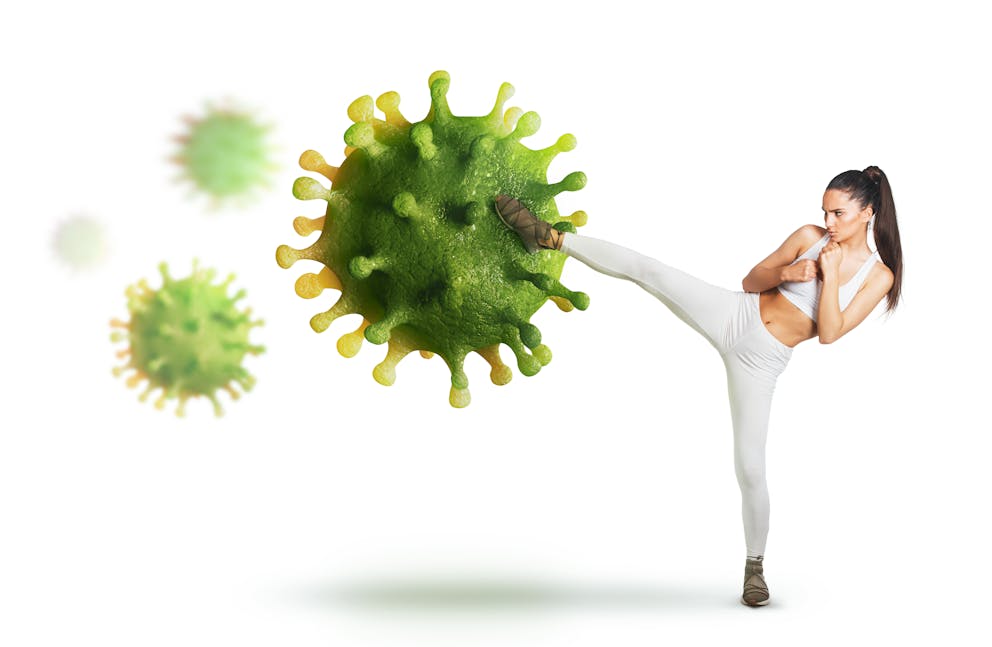
6. Promotes strong immune defenses
Because cold water immersion is perceived as a mild stressor, the body responds by releasing stress-related hormones, including norephedrine.
Norephedrine plays a critical role in immune system functions. It enhances the production and activity of various immune cells needed to prevent infections, stimulate wound healing, and detect and destroy potential cancer cells.
A study published in the Journal of Thermal Biology summarizes the immune-enhancing effects of cryotherapy, “Cold exposure quickly prepares the human body to fight an unknown visitor by provoking a state in which activation of immune cells is likely involved.”
7. Triggers autophagy
The cold shock response to cold showers stimulates a cellular waste-removal process called autophagy.
Autophagy activates the recycling and removal of damaged or dysfunctional cellular components, which promotes normal cell functions and longevity.
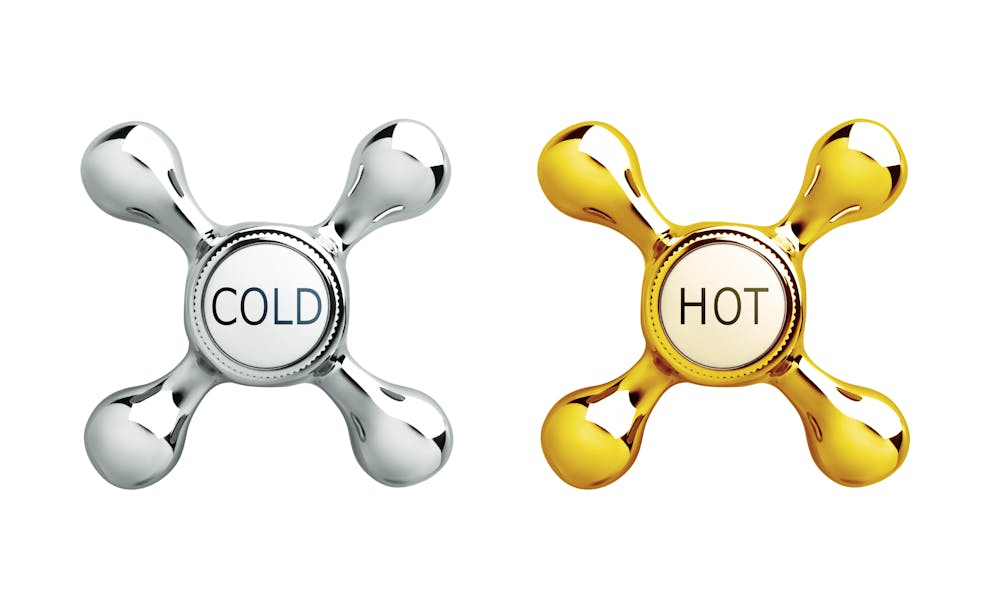
What is the ideal temperature and duration?
Cold water therapy typically utilizes temperatures between 50 to 70 degrees F (10 to 21 degrees C).
Cold water temperatures vary depending on the local climate, time of year, and geographic location. However, in many regions, the average temperature of cold tap water is around 60 degrees F (15 degrees C), which is perfect for cold showering.
It’s best to begin with a few seconds and gradually increase the duration of cold showers as your body adjusts to the physical sensations of exposure to cold temperatures.
Beginners may only be able to tolerate short bursts of cold water spray. However, more experienced individuals can endure cold water showers for up to ten minutes.
Alternating between cold and hot water, also known as hydrotherapy, can help maximize cold shower benefits.
A hot shower promotes blood flow to the skin and relieves tension, which augments the muscle-relaxing and heart-health-promoting effects of cold water exposure.
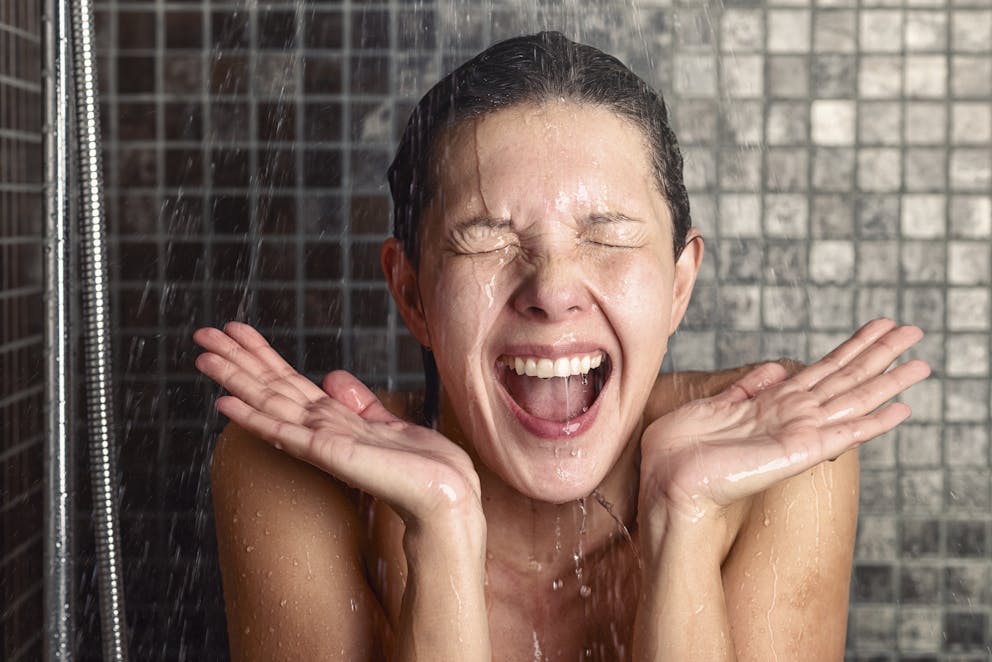
How to start taking cold showers
While some prefer starting with slightly warmer water and gradually lowering the temperature over time, others prefer to shower in significantly colder water straightaway.
Prepare mentally for the burst of cold water and remind yourself of the numerous health benefits of cold exposure. Taking deep and steady breaths can also help overcome the initial shock of cold temperatures.
Taking even short intervals of cold rinses can quickly build tolerance and extend the duration of cold showers, which can amplify cold shower benefits.
Although cold showers are associated with various health benefits, they aren’t recommended for individuals with Raynaud’s disease or cold urticaria, characterized by hives and skin rashes in response to cold exposure.
In addition, it’s crucial that individuals with poor cardiovascular health discuss any type of cryotherapy with a healthcare professional to minimize the risk of arrhythmia and blood pressure changes.
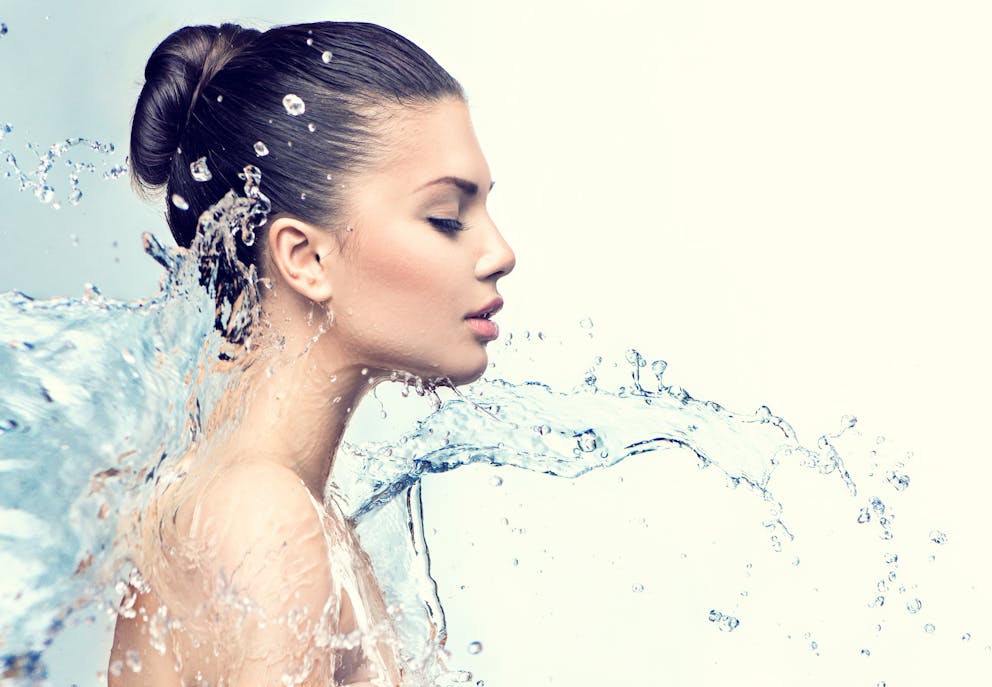
How long does it take to experience cold shower benefits?
How quickly you see results somewhat depends on your overall health status and cold tolerance.
Individuals who can endure only a few seconds of cold water exposure may take longer to benefit from cold water therapy than those who can shower in cold water for a few minutes.
However, even short periods of cold exposure can have immediate benefits for vitality and energy levels. Most people find they have more energy, are in a better mood, and feel invigorated after a cold shower.
More profound health effects, such as improved cardiovascular health, enhanced cognition, and stronger immune defenses, typically start manifesting within a few weeks of consistent cold water exposure.
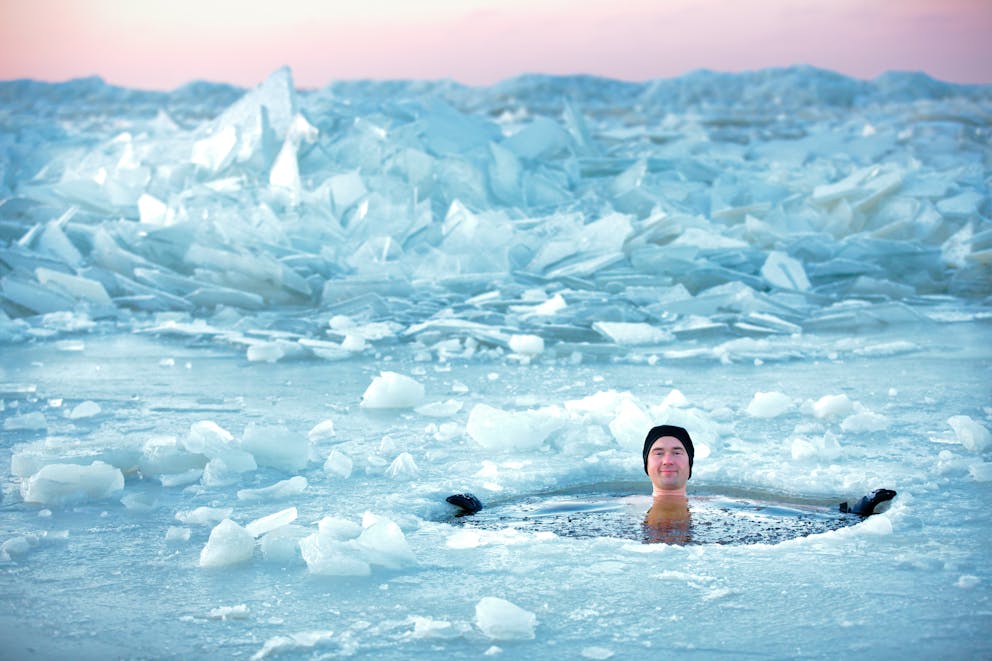
Key takeaways
Cold water immersion triggers profound cellular and hormonal changes that stimulate various beneficial physiological responses throughout the body.
Some of the most impressive cold shower benefits include enhanced cardiovascular health, improved cognition, strong immune defenses, and a lower risk of depression, anxiety, and inflammatory health issues.
FAQ
1. What are the benefits of taking a cold shower?
There are many benefits of taking a cold shower. Cold exposure can enhance stress resilience, strengthen immune functions, improve circulation, and boost metabolism. In addition, cold showers are invigorating and can support balanced moods and mental clarity.
2. How cold should I make my shower?
Cold water therapy typically involves temperatures ranging from 50 to 70 degrees F (10 to 21 degrees C).
3. Is it healthy to take cold showers every day?
Yes, daily cold showers have been associated with various health benefits, including better cardiovascular health, improved moods and cognition, enhanced immune functions, and a lower risk of inflammatory health conditions.
4. What happens after 14 days of cold showers?
Many people feel invigorated and notice improved circulation, increased energy levels, and better moods after taking cold showers for two weeks.
5. How long should you take a cold shower?
To maximize the health benefits of cold exposure, it’s recommended to shower in cold water for up to ten minutes.
However, beginners may find it challenging to endure cold temperatures for long periods and should begin with brief intervals, progressively extending the time to help the body adjust to cold showers.
Sources
Previous blog
Will Your Blood Test Detect Vitamin DeficienciesNext blog
Vitamin D Deficiency and Your TeethTags

Popular
08/21/2024
55.7K views
02/23/2025
46.8K views
11/18/2024
281.1K views
03/18/2024
11/21/2022




